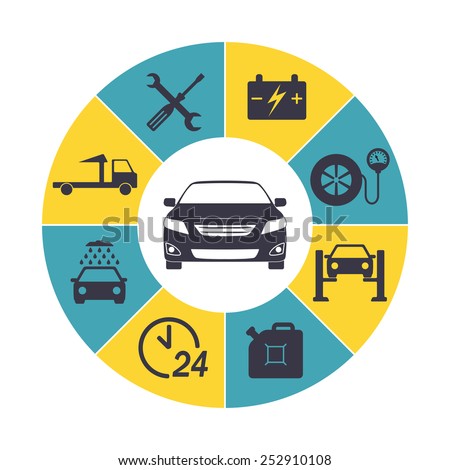Recognizing Your Car'S Warning Lights: What Do They Truly Mean?
Recognizing Your Car'S Warning Lights: What Do They Truly Mean?
Blog Article
Material Author-Sykes Kejser
When you lag the wheel, those radiant warning lights on your control panel can be a little bit perplexing. Do you understand what they're attempting to tell you concerning your automobile's health and wellness? Understanding the value of these lights is vital for your safety and security and the durability of your vehicle. So, the following time among those lights pops up, wouldn't you intend to decode its message accurately and take the necessary steps to resolve it?
Common Warning Lights and Interpretations
Determine common caution lights in your cars and truck and understand their significances to make sure secure driving.
The most normal warning lights include the check engine light, which indicates problems with the engine or exhausts system. If this light comes on, it's important to have your car inspected quickly.
The oil stress alerting light indicates low oil stress, calling for prompt focus to prevent engine damages.
A flashing battery light may suggest a malfunctioning billing system, potentially leaving you stranded otherwise attended to.
The tire pressure monitoring system (TPMS) light informs you to reduced tire stress, influencing car security and fuel performance. Disregarding discover here could bring about dangerous driving conditions.
The ABS light indicates a problem with the anti-lock stopping system, endangering your ability to quit promptly in emergency situations.
Lastly, the coolant temperature level advising light warns of engine overheating, which can result in extreme damage otherwise fixed quickly.
Understanding these usual caution lights will certainly aid you address problems without delay and preserve safe driving problems.
Relevance of Prompt Focus
Comprehending the typical warning lights in your cars and truck is only the initial step; the significance of immediately dealing with these warnings can't be stressed sufficient to ensure your safety when traveling.
When a caution light illuminates on your dashboard, it's your car's method of communicating a prospective problem that requires focus. Neglecting these warnings can bring about more extreme problems in the future, jeopardizing your safety and security and possibly costing you extra out of commission.
Motivate interest to advising lights can stop malfunctions and mishaps. For instance, a flashing check engine light might show a misfire that, if left neglected, could cause damage to the catalytic converter. Resolving this promptly can save you from a costly repair service.
In a similar way, a brake system warning light might indicate reduced brake liquid or used brake pads, crucial parts for your safety and security when driving.
Do It Yourself Troubleshooting Tips
If you observe a caution light on your control panel, there are a couple of DIY repairing pointers you can try before seeking expert assistance.
The primary step is to consult your vehicle's manual to comprehend what the details caution light suggests. Often the problem can be as basic as a loosened gas cap setting off the check engine light. Tightening up the gas cap may settle the issue.
https://www.sctimes.com/story/money/business/2022/03/03/st-cloud-mn-auto-repair-shops-seeing-high-demand-worker-shortage/6843437001/ is a low battery, which can activate numerous cautioning lights. Examining the battery connections for deterioration and ensuring they're secure might repair the issue.
If a warning light continues, you can attempt resetting it by detaching the auto's battery for a few mins and after that reconnecting it. Furthermore, checking your vehicle's fluid degrees, such as oil, coolant, and brake liquid, can help troubleshoot cautioning lights associated with these systems.
Conclusion
In conclusion, comprehending your cars and truck's warning lights is necessary for keeping your lorry running smoothly and safely. By quickly addressing these informs and knowing what they suggest, you can avoid pricey repair work and possible break downs.
Keep in mind to consult your automobile's handbook for particular details on each cautioning light and take action as necessary to ensure a trouble-free driving experience.
Keep educated, stay safe when traveling!
